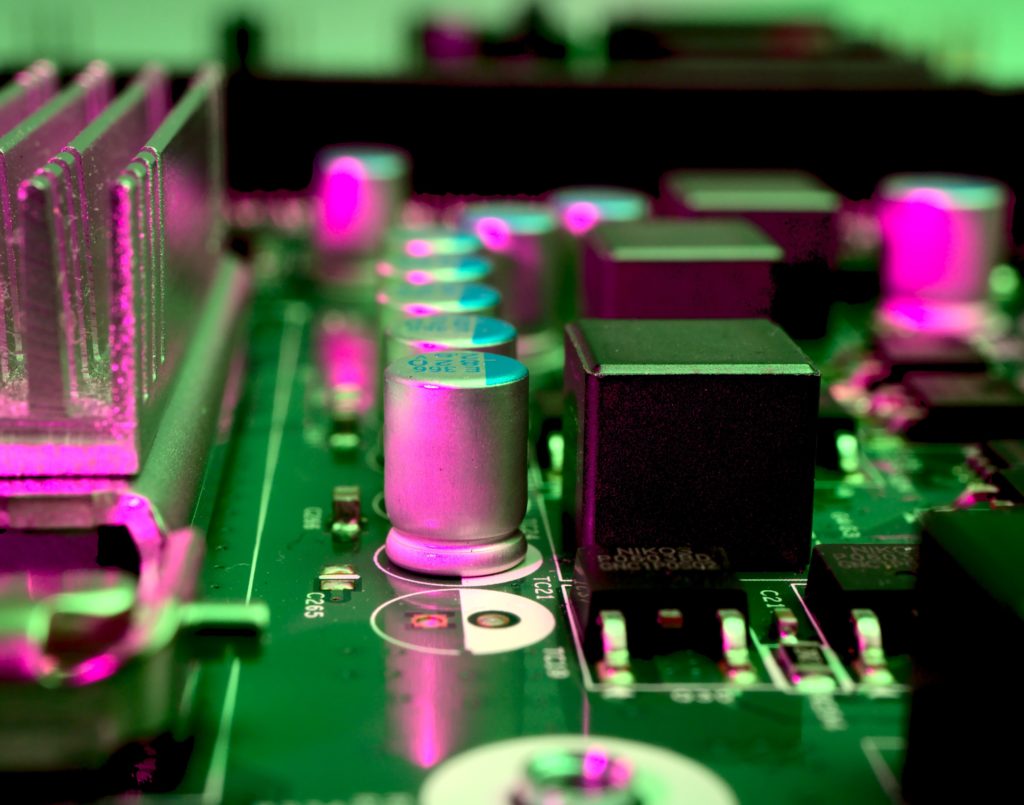Technology | Common methods for detecting the quality of LED unit boards
723 views admin 2020-03-03
The most important part of
LED electronic display is the LED unit board. If there is a problem with the unit board, it will directly affect the overall quality of the
LED display! The following summarizes some common methods for testing
LED unit boards.

Material
- LED unit board plate. Some LED unit board manufacturers use cheap flame-retardant paper boards or single-sided fiber boards as PCB circuit boards for LED lights in order to compete at low prices. Because all glass fiber PCB boards are expensive. At first, no difference can be seen. Generally, within one year, it will be broken due to moisture, UV damage, oxidation and other reasons, resulting in the entire LED unit board being scrapped. High-quality LED unit boards must use double-sided all-glass fiber PCB boards. Although the cost is high, the quality is guaranteed.
- IC device. Observe whether the brand of the IC device used is consistent. What type of IC is used, and how many ICs are used, these are enough to affect the quality of the LED unit board. Some LED display manufacturers, in order to save costs, will deliberately reduce the number of ICs or mix other brands of ICs when producing unit boards.
- Lamp beads and chips. The naked eye cannot tell the quality of the lamp beads. Can only rely on a long test, which is the aging test that experts say. The general LED display manufacturer's approach is: power on before leaving the factory, and check whether the LED display can operate normally, it will not go through a long aging test. Because there are time costs and labor costs.
Welding quality
- Check whether there are any missing or misplaced components on the chip, and whether there is a short circuit on the component pin burrs. Check whether the solder joints of the straight inserts are smooth and round, and whether the board surface is clean and tidy, and there is no missing welding. Check the insertion flatness of the luminous dot matrix and the consistency of the ink color.
Power-on test
- Power-on test (refer to the steps in the "Performance Test Report"): ① Power-on test for consistency of light-emitting dot matrix; ② Power-on test whether the line drive tube CEM4953 is effectively protected; ③ Power-on test signal transmission capability.
The above is a common method for detecting the quality of
LED unit boards. I hope it will be helpful for
LED display merchants. In addition, quality is king, and rejecting cheap and shoddy
LED displays is also what manufacturers need to do to avoid damage to the unit board and affect normal work and subsequent unnecessary maintenance.
Sunrise LED Display factory
 Material
Material
